VFX house had to mix practical and CGI elements in 135 shots
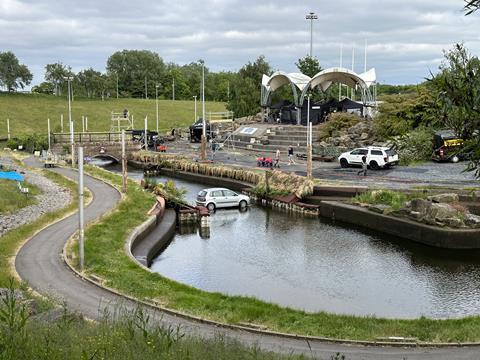
Vine FX had to mix a number of practical and CGI elements as part of its work on ITV drama After The Flood.
After The Flood sees PC Joanna Marshall investigate after an unidentified man is found dead in an underground car park after a devastating flood. It is now available on ITVX.
The production team decided on a blended approach to dramatic moments, including the eponymous flood. 3D supervisor Pedrom Dadgostar revealed: “There’s a drone shot where we start low and pull up to reveal a flooded village. The production had built a huge water tank with building fascias all around. It looked amazing. We then came in to build the village surrounding that practical element – everything from roofs to trees, cars to buildings.”
Vine FX took the flooded tank plate and built 3D geometry around it – all based on a real village. Dadgostar continued “The crew had surveyed the location so we built our models based on that data. We then projected real buildings onto that geometry so they would match the practical set perfectly.”
Lead compositor Vahik Asoyan added: “In the finished shot, everything outside the faces of the buildings surrounding the tanks is CGI with a little matte painting. The set didn’t include roofs or gardens so we built all of that in post. We even added people’s belongings into the back of cars so you get the sense of a really lived-in place.”
For the flood itself, the production moved to Tees Barrage – a specialist white water rafting facility in Stockton. Here, the crew could benefit from a controlled environment, capable of pumping 14,000 litres of water every second through an international standard course.
“It was very impressive,” said Dadgostar. “They had dressed a section to look more like the village location, including a bridge, and had complete control over how much water would flow along the course. Having that capability is crucial for maintaining safety on set, but also in getting otherwise impossible shots. Facilities like this are important for filmmaking because they give directors the ability to convey those dramatic moments without putting actors at risk.”
During the flooding sequences, people are caught in fast-moving, dangerous water – from drivers becoming stuck in cars to a baby being swept away.
“The baby was a cast actor,” explained VFX Producer, Kaitlyn Beattie. “It was an interesting shot for us to work on because we had a prop baby in a carrier filmed on location and then needed to match the exact expressions and facial dimensions of the actual baby.”
To accomplish this, Vine FX turned to Nuke and some AI-powered tracking plugins. Achieving an accurate 3D track of the prop baby proved challenging, with water and other practical elements often occluding the carrier and hindering the track.
Asoyan noted: “We needed to strike a balance between relying on the tools and bringing in some manual control.”
Vine FX chose to film the real cast baby rather than relying on a digital double. The team captured the baby’s expressions – including some crying – from multiple angles in order to create a believable look in the finished shot. “This really helped to ground the sequence,” added Asoyan. “Choosing between when to do something practically, digitally, or mix the two is where a lot of the craft comes in.”
Vine FX’s on-set team filmed dozens of water elements during the production stage of After The Flood to ensure that the visual effects on the project would have as much footage of the assets as possible. The latitude and flexibility this gave was invaluable.
“We added flood waters and rain into a lot of shots,” said Dadgostar. “Some of that is done in 3D, but a lot is layering of practical plates in comp. The 3D rain is great, but when we’re adding that into a real world scene we also have to consider reflections on the rain drops – making sure we have enough on-location imagery or an HDRI to place the rain in its environment.”
Filming at Tees Barrage and building flooded portions of the set is what grounds the visual effects work seen in After The Flood. By building on top of real places, and using references from real buildings, water, and light, the team at Vine FX was able to blend varied elements into a cohesive whole that even the most seasoned of professionals would find hard to spot on screen.
“Good visual effects work is invisible,” concluded Dadgostar. “What we do shouldn’t take away from the story or distract the viewer. If you can come away from a show and think there was no VFX in it, then we’ve done our job well.”


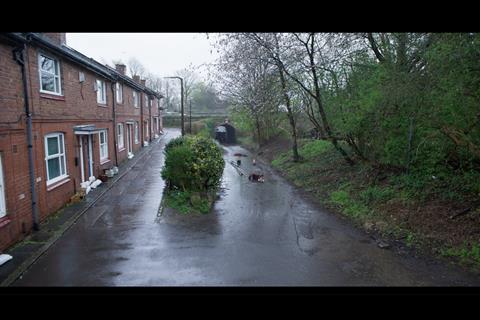
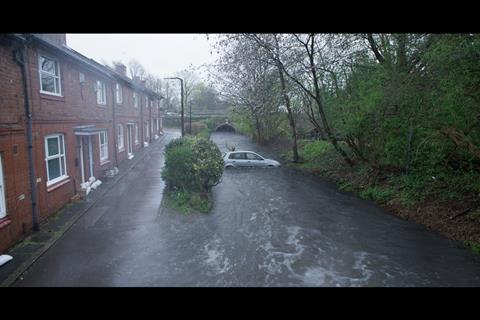




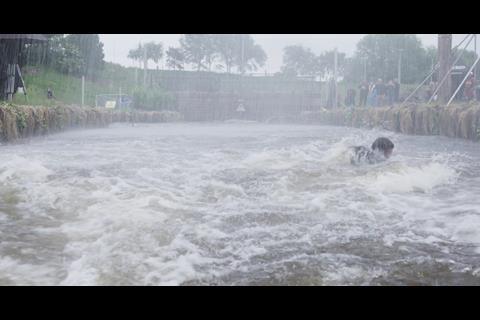
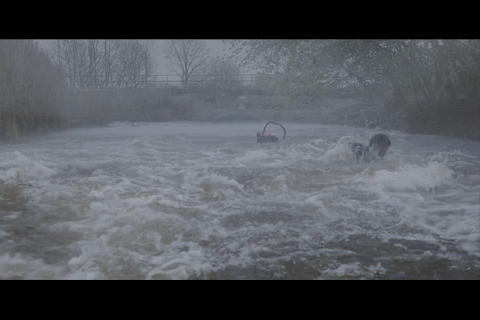






No comments yet